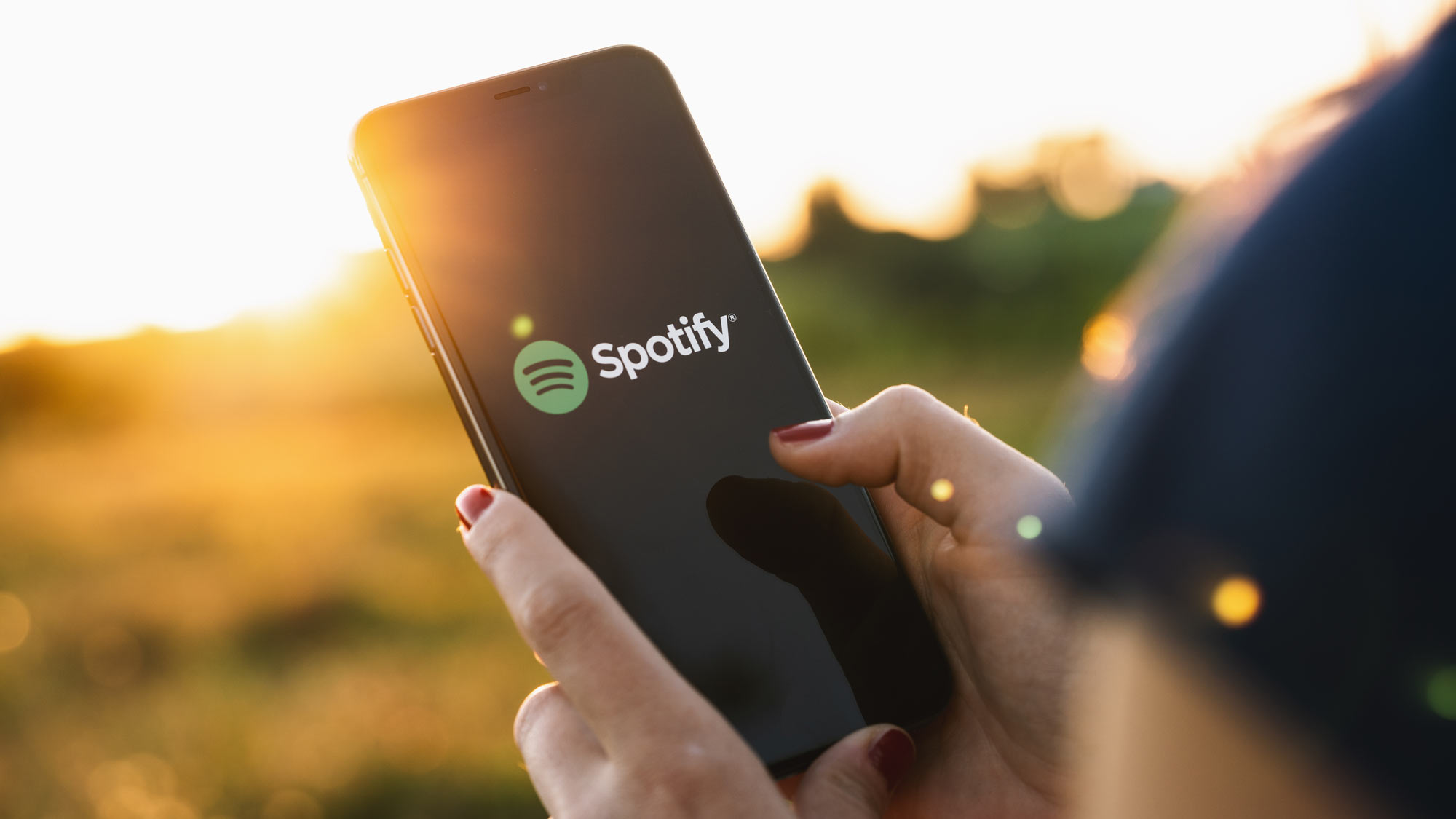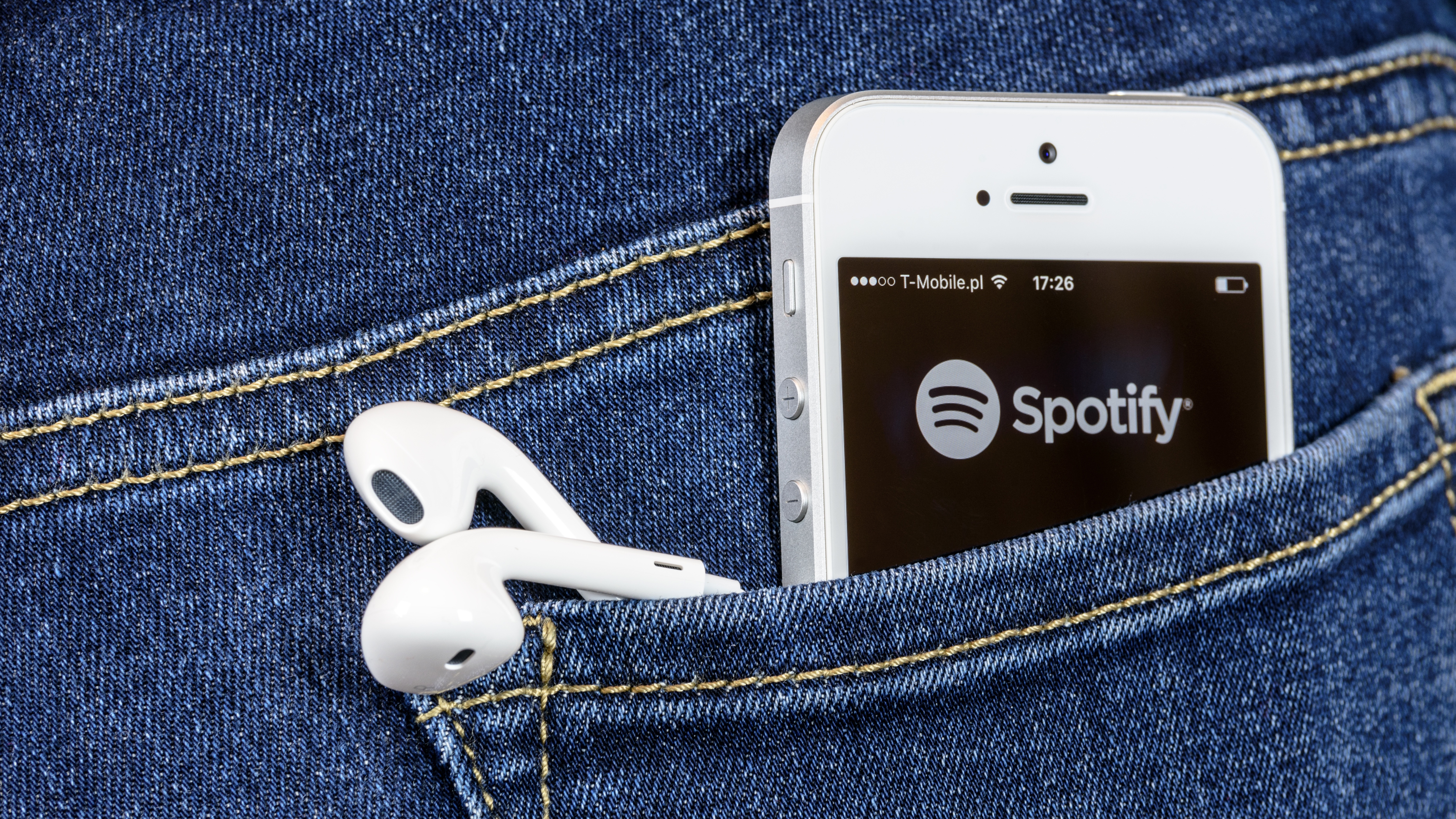Spotify HiFi could finally make me pay for lossless music streaming — here’s why
Lossless music streaming needs a killer app, and Spotify HiFi could be it

Spotify HiFi is coming. That means one of the two biggest music streaming services on the planet — too slow, Apple Music — will soon offer songs in a CD-quality, lossless format that simply sounds better.
You’ll have to pay extra for it, of course, but lossless streaming has long been one of the most frequent requests from Spotify Premium users. Now that it’s finally confirmed, Spotify HiFi has the potential to not just sate the appetites of true enthusiasts, but also attract a new wave of HD audio subscribers. This, in all likelihood, will include myself.
- The best computer speakers for your PC or laptop
- We've tested the best Bluetooth speakers
- Plus: Netflix just got a big upgrade for discovering shows — how to use it
The fact that I don’t subscribe to any lossless streaming service (such as Tidal HiFi or Amazon Music HD) for personal use might have some demanding I hand in my audio editor badge and gun.
But while I do care about sound quality, these services have yet to convince me to make the jump. Their interfaces are unfamiliar, their libraries rarely include artists I can't hear on other services and their low uptake among my friends means I can’t share songs and playlists as widely as I can with a simple Spotify link.
Spotify HiFi could change that, and not just for me. Most pricing and hardware compatibility details are unannounced, so you’ll have to forgive some wishful thinking here, but there’s a good chance that this is what makes lossless streaming big. And a bit more worthy of the extra cash.
It’s Spotify, but as we know it

First off, don’t underestimate the power of Spotify as a brand. It wields a Premium subscriber base of at least 155 million people, with many millions more listening for free with ads.
While only a portion might be willing to pay extra for lossless streaming, it’s likely that brand loyalty will translate into far more Spotify HiFi subscribers than Tidal HiFi or even Amazon Music HD currently have on the books. And in turn, that means I’ll more likely be able to keep using the social sharing features that Spotify already has built-in. I don’t want to sound like I’m saying “I’ll get it if my friends get it,” except that’s pretty much what I am saying.
Get instant access to breaking news, the hottest reviews, great deals and helpful tips.
More fundamentally, I suspect existing users’ familiarity with Spotify (compared to rival services) will be a driving force in the HiFi tier’s potential success. Spotify made a point in its Spotfy HiFi announcement blog post that the new service would “be coupled with Spotify’s seamless user experience, building on our commitment to make sure users can listen to the music they love in the way they want to enjoy it.”
Besides the basics, like a UI and features consistent with the free and Premium tiers, this could also mean that Spotify HiFi could carry over the information it already has on users to make song and playlist recommendations.
As creepy as some find the use of algorithms, I feel Spotify has a pretty decent grasp on what I like — and if I’m going to buy into a lossless service I’d rather keep that convenience than have to start over elsewhere.
Adding to the collection

Spotify HiFi could also play a part in addressing a problem of Hi-Res streaming in its current form: the limited range of songs. According to analysts FutureSource, Hi-Res Audio accounts for less than 3 million songs available to stream, compared to the 70 million-plus songs that can be streamed in other formats.
Spotify HiFi apparently won’t use 24-bit audio required for “true” Hi-Res classification, but the upside is that — in theory — it can offer its entire music library in higher quality, immediately from launch.
For now, Spotify hasn’t said how big its HiFi library will be at launch, but for a streaming service of this magnitude there’s no way it starts off small — and it will only grow with time.
Admittedly there are other, rather significant unknowns. Pricing will be a big factor: Spotify could still hobble itself by asking too much, and should arguably aim to match Amazon Music HD’S $15 monthly subscription cost rather than Tidal HiFi’s $20. A Spotify Premium subscription is $10 per month, so $5 extra for an audio quality upgrade sounds reasonable.
Research by FutureSource found that 40% of streaming service users want higher sound quality, and more than half are willing to pay an extra $3 to get it. So there’s definitely some demand from users that isn’t currently being met by Spotify’s lossless rivals — it could all come down to whether the price is right.
I, for one, am looking forward to hearing more. Opening Spotify is something of a morning ritual of mine, so I'd prefer a lossless service with the same features and interface.
And, while I’m not averse to smartphone speakers if nothing else is to hand, I’m satisfied I have the audio hardware that could do lossless music justice. All I’ve really been waiting for is a service I actually want to use — and Spotify HiFi could at last be it.

James is currently Hardware Editor at Rock Paper Shotgun, but before that was Audio Editor at Tom’s Guide, where he covered headphones, speakers, soundbars and anything else that intentionally makes noise. A PC enthusiast, he also wrote computing and gaming news for TG, usually relating to how hard it is to find graphics card stock.
